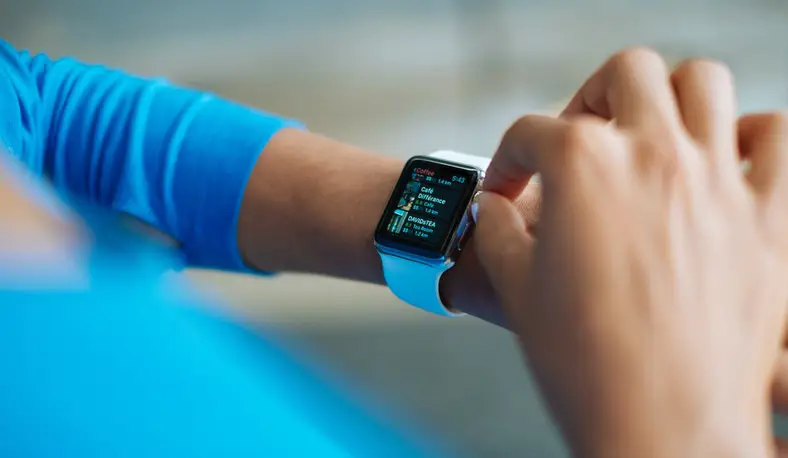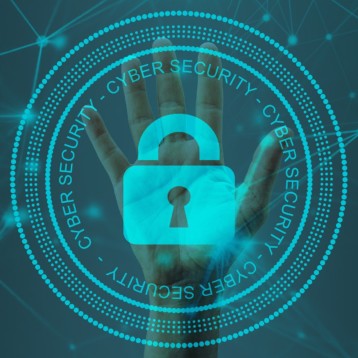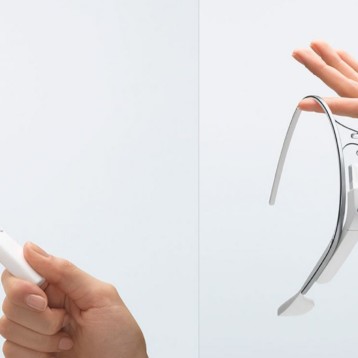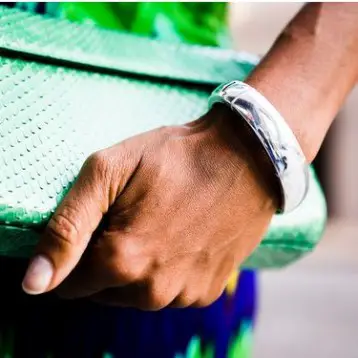
When any new technology is introduced, the first thing that happens is people try to hack it. Whether that means deconstructing it and putting it back together so it has different or additional functions, trying to get around the terms of service conditions, or trying to breach its security, the first major test of any new device isn’t how well it sells, it’s how well it stands up to hackers. While some hacks can be just a bit of fun, they’re often serious and point to major security flaws in a product.
Despite initial misgivings, wearable technology is estimated to hit 50 billion devices by 2020. And although wearables, and smartwatches in particular, have been around for a while now, their booming popularity simply hasn’t been accompanied by equal strides in consumer protection. Connected to your smartphone, smartwatches are often the weakest link out of all your devices, making them an easy target for hackers who want access to all of the data kept on your cell.
There are two major aspects inherent to how smartwatches work that are cause for concern: cloud connectivity and sensors. Your location, the number of steps you take, your heart rate, and the fine movements of your hand are all measured and determined by sensors that send that information to the cloud of the company. Because smartwatches connect using Bluetooth, hackers can easily install malware, or, more recently, ransomware, which keeps your sensitive data hostage until you pay up. And when hackers have access to your data, it isn’t just your bank information you should be worried about. Even your location data can tell a lot about your behavior patterns, perhaps more than you’d like someone else to know.
So what are some ways to prevent a hack? Though these might reduce the convenience of a smartwatch, and no method is completely secure, it’s better to be safe than sorry:
- Activate multiple-step authentication
- Don’t connect to unsecured Bluetooth or Wi-Fi signals
- Don’t give it access to your account information
- Keep your apps and smartwatch software updated
However, the most secure method is, of course, to not have a smartwatch at all. And with the price of the more expensive Apple Watches now inching closer to $800, it’s hard not to wonder if we’re all better off just throwing away our smartwatches and opting for second-hand luxury watches instead. At least their software won’t become obsolete any time soon.










